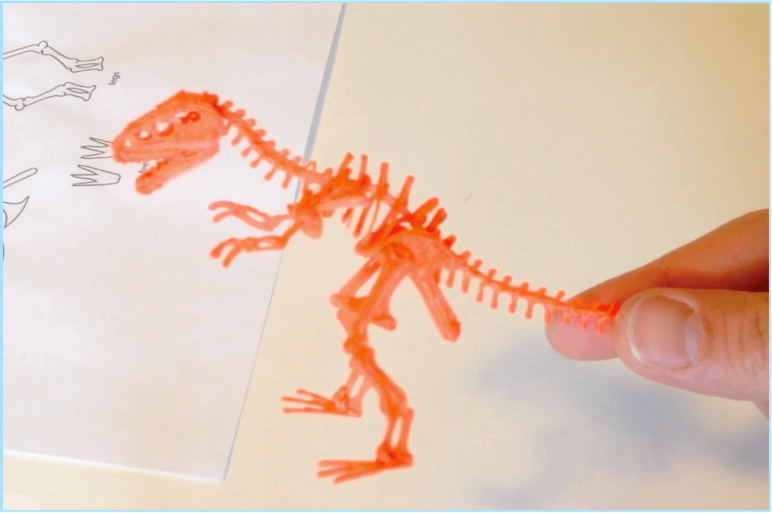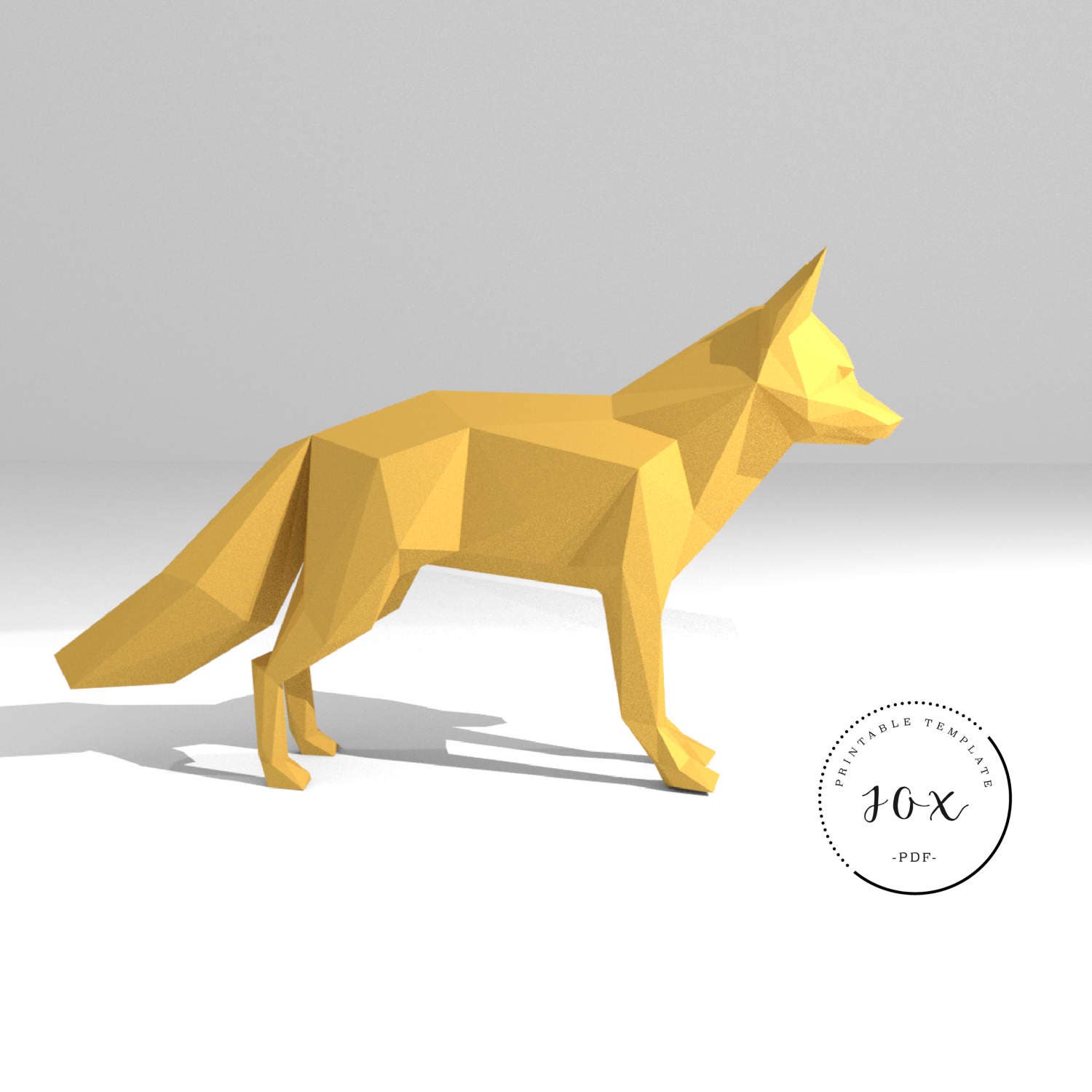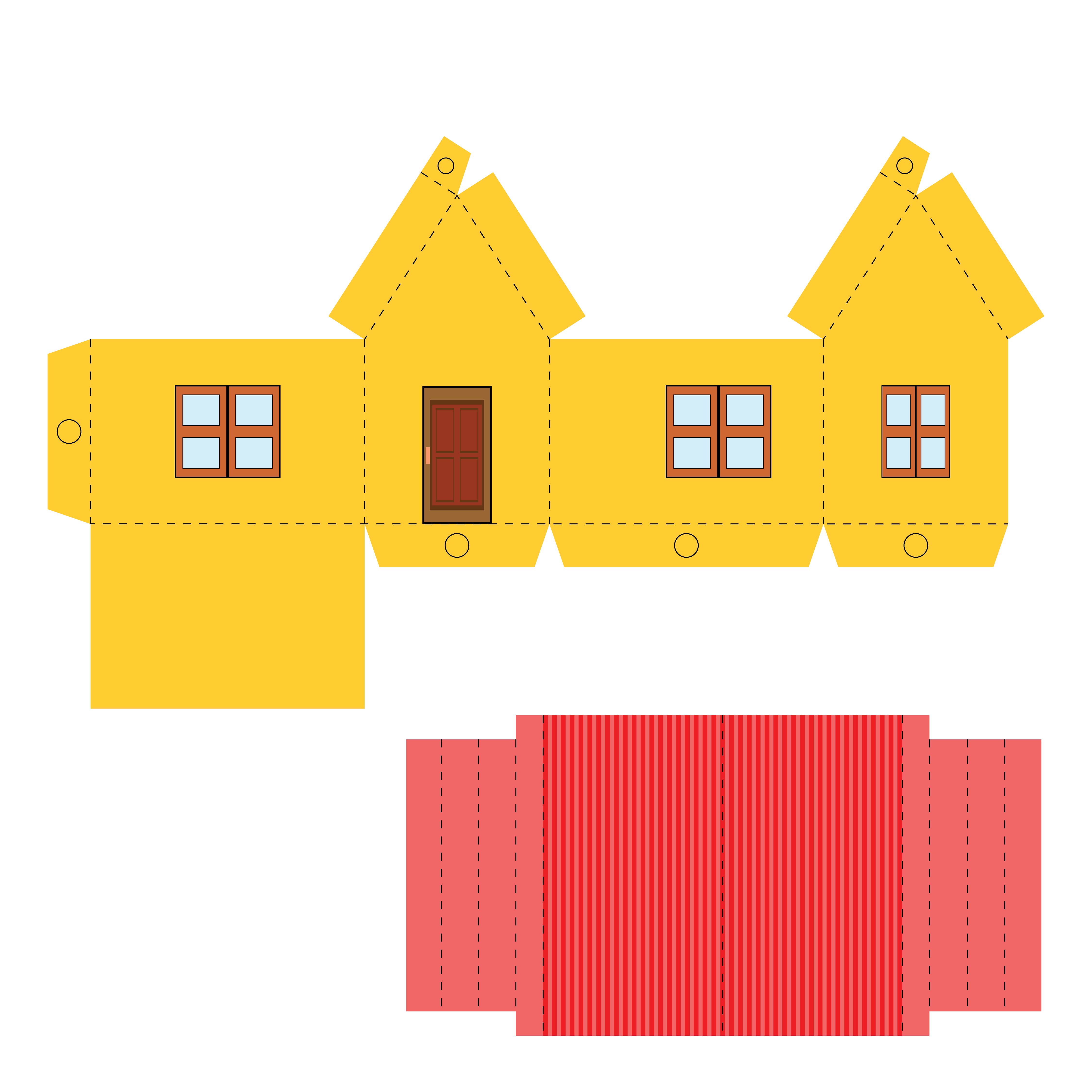


Each layer is adhered to the next, and the joints between layers are susceptible to delamination. Strong enough to resist warping caused by different cooling rates.ģD printed objects have a grain direction, since each layer is extruded one layer at a time.
 Wide enough to support model and resist tipping over during the printing process. (Adding a raft in your printing software can help with this.) Enough surface area to create positive adhesion to the printer bed. You need to make sure you have a strong enough base designed into your model with the following characteristics: You can have a perfectly configured printer, but it won’t help you if your model isn’t designed to support itself and stick to the bed during the printing process. You can also do things in the software like add a brim or raft, increase the first layer extrusion thickness, turn off fans for the first layer, etc. (I happen to use Cura to interface with my printer, there are a few different free programs out there you can use.) You need to physically “level the bed” using adjustment screws so the end of the extruder is perfectly parallel with the entire surface of the bed. There is a lot of fine tuning that needs to be done to the printer and the printing software in order for the first layer to print successfully. Most of the times, prints will fail during the first layer due to lack of adhesion. If the model loses adhesion during the print, game over.
Wide enough to support model and resist tipping over during the printing process. (Adding a raft in your printing software can help with this.) Enough surface area to create positive adhesion to the printer bed. You need to make sure you have a strong enough base designed into your model with the following characteristics: You can have a perfectly configured printer, but it won’t help you if your model isn’t designed to support itself and stick to the bed during the printing process. You can also do things in the software like add a brim or raft, increase the first layer extrusion thickness, turn off fans for the first layer, etc. (I happen to use Cura to interface with my printer, there are a few different free programs out there you can use.) You need to physically “level the bed” using adjustment screws so the end of the extruder is perfectly parallel with the entire surface of the bed. There is a lot of fine tuning that needs to be done to the printer and the printing software in order for the first layer to print successfully. Most of the times, prints will fail during the first layer due to lack of adhesion. If the model loses adhesion during the print, game over. 
The plastic filament (typically PLA or ABS) is melted and extruded onto a surface, called a bed, and it is absolutely critical that this first layer adheres to the bed for the duration of the print. With typical desktop 3D printers, the model is printed out one layer at a time. I have mostly been printing structural parts with my 3D printer, so some of the following tips won’t apply as much for purely sculpture type models. You can check out my full review of the MendelMax 3 right here.) (UPDATE: 4/4/15 – I’m now printing on a MendelMax 3, which I’m really happy with.








 0 kommentar(er)
0 kommentar(er)
